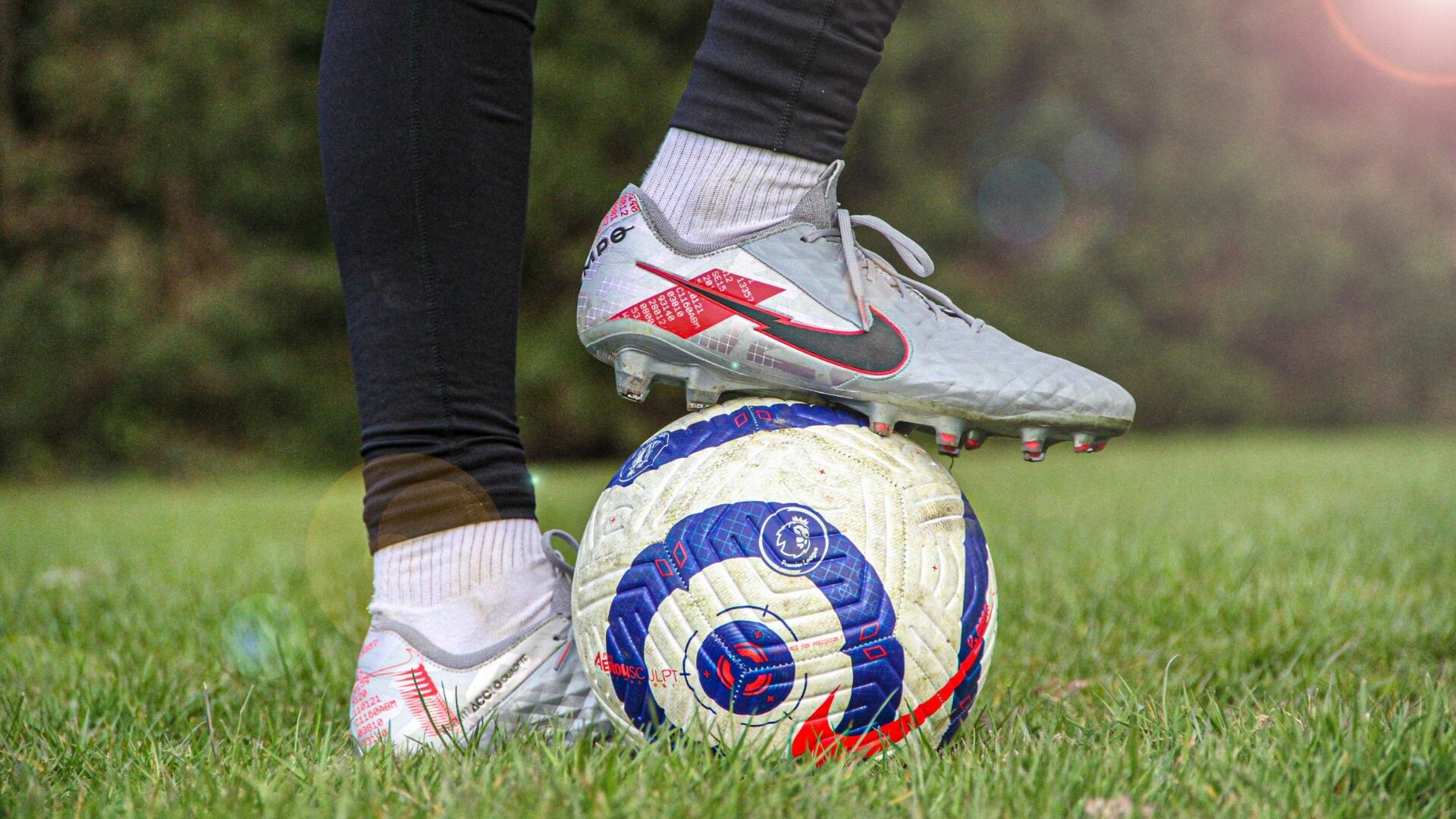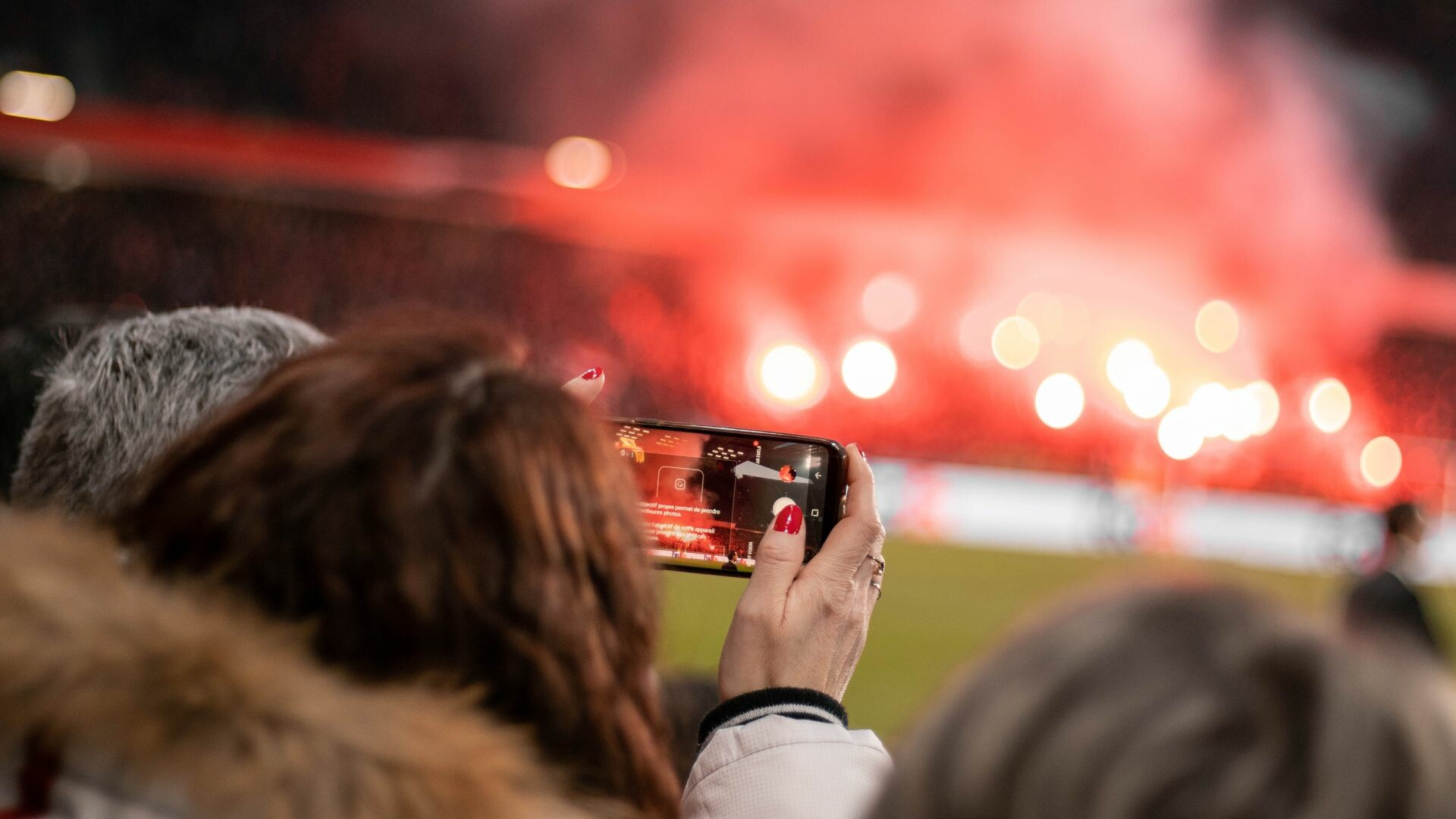Held every four years, the FIFA World Cup boasts huge attendance numbers around the globe. With an average viewership of 3.3 billion viewers worldwide, it’s the 2nd biggest international sporting event in the world and is an unmissable opportunity for brands to engage with fans.
Kicking off in November, thousands of brands will be vying for attention during event season but there are limited ways to do this – spend millions to get involved with FIFA, sponsor a nation, take on a media partner. Or you can adopt a smarter approach to tap into the tournament.
Using insights from our data partner GWI, we put World Cup fans under the microscope. What does the fanbase look like in APAC? How do they consume sports content? What are their attitudes towards sport in general, and how can brands leverage on the World Cup for marketing purposes?
 #1 Gender neutral marketing could open doors
#1 Gender neutral marketing could open doors
World Cup fans look a lot like typical soccer fans. They’re mostly young males, with a greater interest in sport to boot. On the surface, that gives brands an easy idea of who’s going to be watching. However, there will be audiences who are watching for the first time. The record-breaking popularity of the 2022 Women’s EURO tournament could see more women taking an interest in soccer overall – subsequently lifting female figures for viewership.
37% of the World Cup fans in APAC are females, yet most brands tend to cater to males when promoting their products during the tournament.
What’s next?
A strategy for brands to run campaigns during the World Cup is to adopt a more neutral and light-hearted tone of voice, in order to showcase an organisation’s personality and resonate with both genders.
For example, during the 2018 FIFA World Cup, Iceland Foods was keen to stand out from the crowd with its quick-witted sense of humour and the Iceland vs Argentina match was a perfect excuse to show it off. Using Twitter, it tweeted “We’re just a supermarket with big dreams” causing a bit of a stir on social and starting a light-hearted conversation about Iceland’s chances in the cup.
 #2 Soccer fans are majorly tech-savvy and into gaming
#2 Soccer fans are majorly tech-savvy and into gaming
Beyond the obvious common interest of sports, 59% of the World cup fans in APAC are interested in technology, of which 46% are interested in gaming.
Also of note is their aptitude for business. 46% and 43% of the World Cup fans in APAC are interested in finance/economy and investment respectively. Knowledge of these things certainly come in handy for fans who like to discuss their club’s ownership, but it opens up the floor for discussion around things like club investment – or more modern ventures like cryptocurrencies and NFTs.
What’s next?
This is a huge chance for tech and gaming brands to reach a large pool of consumers that may be interested in their products. Meanwhile, brands in other verticals can consider to reach fans by merging tech or gaming elements into their campaigns.
For example, for the upcoming World Cup, Hyundai is launching a global competition whereby one lucky winner will be given tickets to the World Cup in Qatar. The competition is open to the globe and is purely online and held in the metaverse. Users are being asked to take the all-electric IONIQ 5 for a test drive in the Metaverse and submit their details for a chance to win.
Related content: Future Spotting: 7 Trends in the Metaverse
 #3 The power to unify
#3 The power to unify
61% of World Cup fans agree that the sport unites people from different backgrounds. These same people are more likely to agree that sports is culturally important, or that organisations should be inclusive.
That leaves a lot of practical advice for brands to listen to when drafting their messaging; be supportive of causes, show inclusivity and address inequality. While this year’s competition isn’t without its controversies, it’s still the ideal platform for players, fans, clubs, and brands to work together in making their voices heard globally.
What’s next?
Politics or social issues are a real standout, with 41% of fans in APAC who care about such topic. We’ve seen examples of how soccer fans have rallied together in the past to influence political change.
The Super League saga stands out, but more have come together for causes like anti-racism or the environment. This is worth bearing in mind given the controversies around the host country. Early this year, Qatar World Cup organiser has accused Norway FA President of her criticism on the organisation’s 2010 decision to award the Gulf State this year’s World Cup before highlighting a variety of issues including the treatment of migrant workers and concerns among the LGBTQ+ community over travelling to Qatar.
 #4 Don’t forget about search marketing
#4 Don’t forget about search marketing
Brands need to be prepared digitally for the 2022 World Cup, as the online offering of the 2018 FIFA World Cup far surpassed its offline one. In 2018, the event saw 3 billion Google searches and 5 billion World Cup-related views on YouTube. This number is expected to grow for the 2022 World Cup.
As APAC fans make up 28% of the event’s global fan base, it’s important for brands to ensure that they have the right search strategy, and don’t get lost on major search engines such as Google. Adding to this, 47% of the World Cup fans in APAC use search engines to look for brands or products.
What’s next?
While brands are busy drafting campaigns in preparation, consumer interest in the World Cup kicks in a lot later. Based on Google searches for the 2018 World Cup, interest only really kicked in a month before the tournament began.
When a brand is doing search campaign, Broad Match keywords will help put your brand where your fans are searching. This keyword match type covers high-performing and emerging queries on top of your exact/phrase keywords, allowing your ads to appear on searches related to the meaning of your keywords. Paired with Smart Bidding, these keywords help you maximise reach and performance. Responsive Search Ads, meanwhile, automatically identify the best headline and description combinations, ensuring your brand delivers the right ad to the right person.
 #5 Second screens and social media
#5 Second screens and social media
Typically, the platforms World Cup fans in APAC use to keep up with sports content line up with the ones they use most in their day-to-day. YouTube (57%), Facebook (47%), Instagram (45%) and TikTok (38%) sit firmly at the top.
It’s likely that video is a key factor here – highlights, commentaries, or fan content. Any platform that can offer this is better placed to accommodate to fans’ social media behaviours. Compared to the average sports fan, World Cup fans are 46% more likely to use social for watching sports.
Second screen consumers are not just watching matches online, they are also posting on social media at the same time. During the 2014 World Cup, 672m tweets were posted – peaking at 618,725 tweets per minute during the final.
What’s next?
Keeping up with the World Cup buzz and utilising social media by posting about game updates as they go live, makes for a good conversation starter amongst brand’s followers and boosts brand’s presence on social media.
Because younger audiences are more likely to be excited about the tournament, things like short-form highlights should be crucial. We know just how popular TikTok is among younger audiences, but the 2020 Olympics demonstrated how well this format can complement international sporting events.
#6 Don’t get “Messi” with branding
Many brands don’t want to put in the big money to sponsor the World Cup but they still want the sales uplift that an association with the spectacle may bring.
It’s important to note, brands which are not official sponsors, may not engage in promotional activities which imply a ‘commercial association’ between their company or brand and the World Cup, and cannot use official images, logos, words, titles, or any other official World Cup branding.
FIFA is extremely strict on protecting their brand and official marks so that they are exclusively available to major sponsors that are paramount for the event to run successfully every four years. But that’s not to say that marketers can’t still make a success of it.
What’s next?
As leading sports brands like Nike and Adidas spend millions when it comes to the World Cup, there are plenty of creative ways for your brand to advertise alongside the cup, legally.
One example of this, came in 2018, when IKEA decided to post a number of outrageous advertisements for their products with a world cup twist during the tournament. One ad targeted English fans before their game against Sweden, and after the game this received a lot of attention, engagement and friendly chat amongst English and Swedish fans, putting IKEA at the centre of it all.
What a match! Congratulations @england on their win this afternoon. Head in store tomorrow to get £1 fish and chips to celebrate! https://t.co/4pCsMCi9py pic.twitter.com/qNw3wMOrzz
— IKEA UK (@IKEAUK) July 7, 2018
Related content: Future Spotting: 5 New Workplace Norms
Curious about the trends impacting your brand? Get in touch with our data and insights specialists here.



